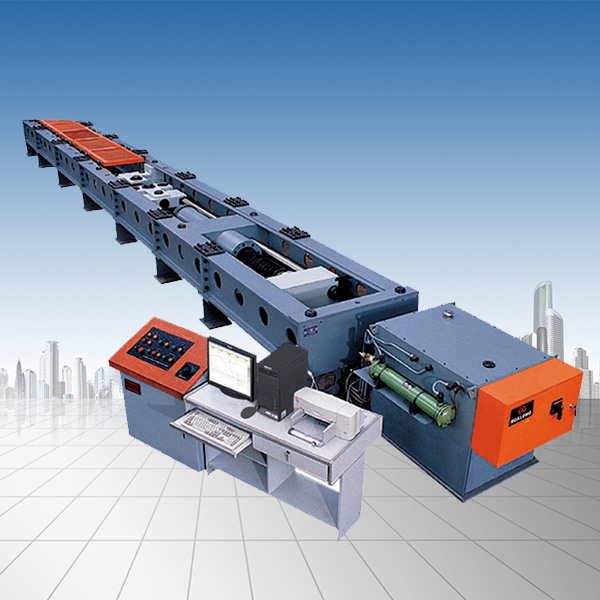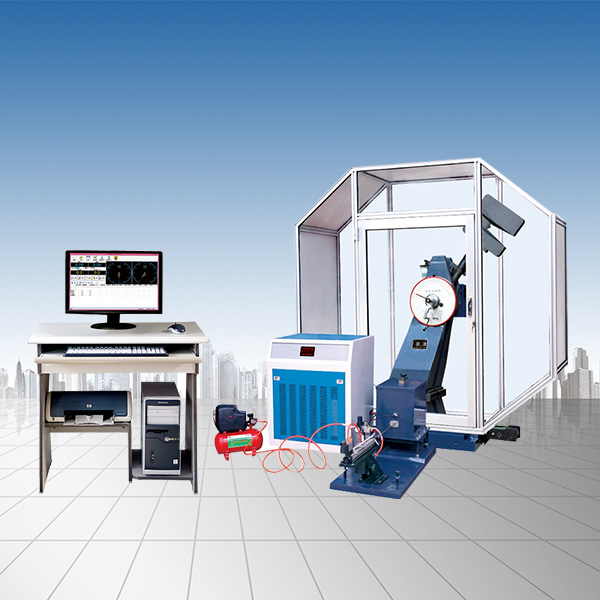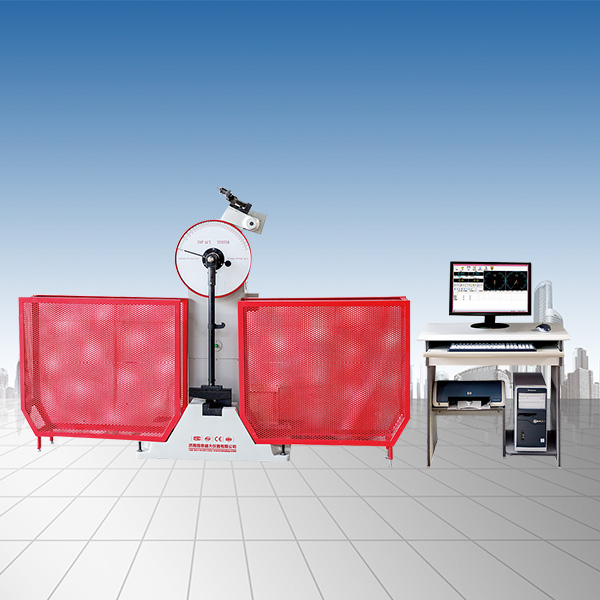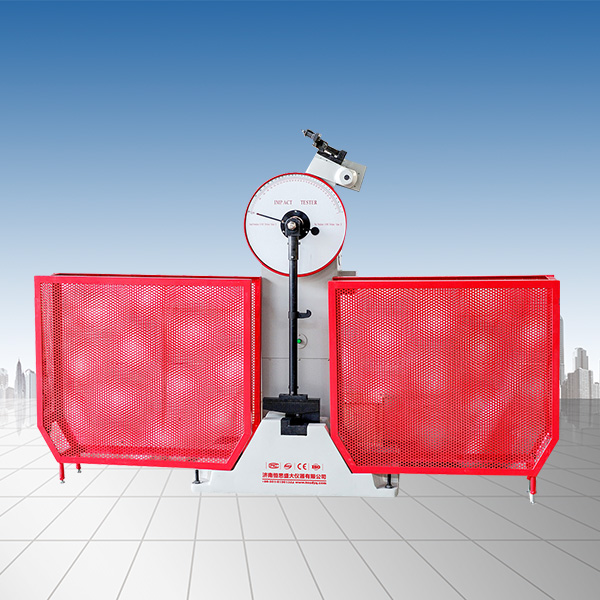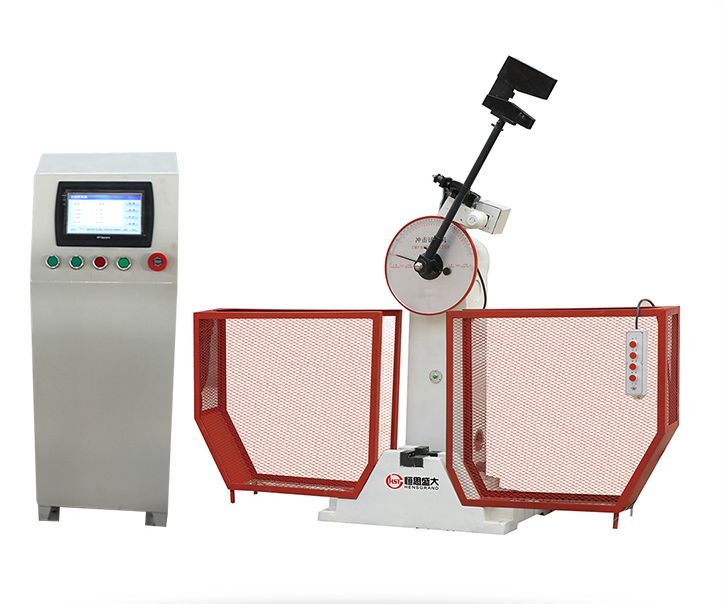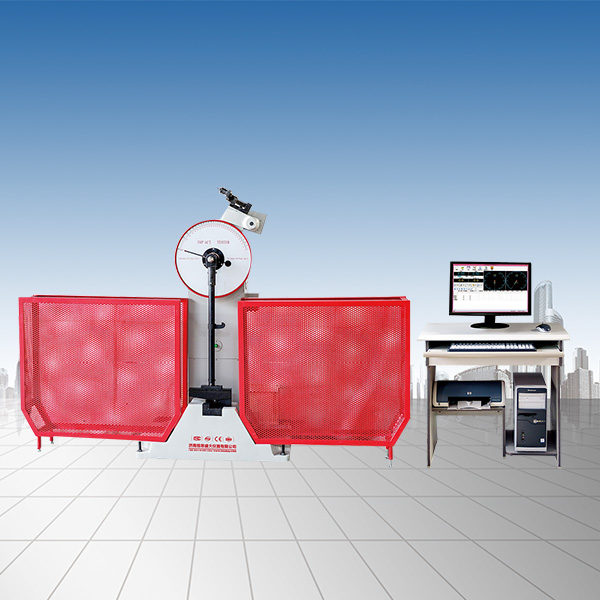Company News
3 points to understand the tensile test machine measurement system
Release time:2018-11-23 source:Jinan Hengsi Shanda Instrument Co., Ltd. Browse:
3Learn about the tensile tester measurement system
Many people are familiar with itTension testerIt is used for tensile testing, but few people know the internal structure and testing principles of tensile testing machines. Jinan Hengsi Shengda Instrument Co., Ltd. technology has given a detailed description of the principle of the measurement system of the tensile testing machine:
1.Measurement of force value
The measurement is completed through a force sensor, an amplifier and a data processing system. The commonly used force sensor is a strain gauge sensor.
The so-called strain gauge sensor is a device that can turn a certain mechanical material into a power output device that is composed of [strain gauge], elastic components and certain accessories (compensation components, protective covers, wiring sockets, and loaders). The strain gauge type pull and pressure sensors have a variety of domestic and foreign markets, including cylindrical force sensors, spoke force sensors, S double-connected hole sensors, cross beam sensors, etc.
From data mechanics, under the premise of small deformation, the strain ε at a certain point of an elastic element is proportional to the force exerted by the elastic element, and is also proportional to the change of elasticity. Taking the S-type sensor as an example, when the sensor is subjected to the effect of tension P, because a strain gauge is pasted on the surface of the elastic element, since the strain of the elastic element is proportional to the size of the external force P, the strain gauge is connected to the measuring circuit, and its output voltage can be measured and then the size of the force is measured.Tension tester
Briefly speaking, external force P causes deformation of the strain gauge inside the sensor, causing disproportionateness of the bridge, and then causing the sensor output voltage to change. We can know the size of the force by measuring the output voltage.
Generally speaking, the output signal of the sensor is very weak, and only a few mV in the world. If we measure this signal directly, the length is very difficult and we cannot meet the requirements of high-precision measurement. Therefore, the weak signal must be expanded through an expander. The expanded signal voltage can reach 10V. At this time, the signal is an imitation signal. This imitation signal is changed to a digital signal through a multi-channel switch and an A/D conversion chip, and then data processing is performed. At this point, the force measurement has come to an end.
2.Measurement of deformation
It is used to measure deformation measurement and installation, and it is used to measure the deformation of the sample during the experiment.
There are two chucks on the installation, which are connected to the [photoelectric encoder] installed on the top of the measurement installation via a series of biographical thought structures. When the interval between the two chucks changes, the axis of the photoelectronic encoder is twisted, and the photoelectronic encoder will have a pulse signal output. Then the disposer deals with this signal and the deformation of the sample can be obtained.
3.Measurement of beam displacement
The principle is roughly the same as deformation measurement, and the displacement of the beam is obtained by measuring the output pulse number of the photoelectric encoder.
MoreTension testerAll information is in Jinan Hengsi Shanda Instrument Co., Ltd.
Tags: Testing machine, universal testing machine, hydraulic universal testing machine, tensile testing machine, impact testing machine, material torsion testing machine
Recommended productsPRODUCTS


















